Colorful memories from the white town.
Picturesquely situated in the historic region of La Axarquía, the "pueblo blanco" (white village), nestled amidst mountains and the natural park of Sierras de Tejeda, Almijara y Alhama, in the province of Malaga, offers, among other things, a wonderful mountain climate with spectacular views of... the coastline!
Frigiliana is undoubtedly one of the most charming towns in Andalusia, and according to various publications as well as the subjective experiences of many tourists, it is considered one of the most beautiful towns in all of Spain.
Miles of cobbled streets in the style of Mudejar, accompanied by white houses adorned with pots of beautiful plants, create a truly fairy-tale atmosphere. Despite the small size of the town, you can wander through its narrow streets for hours...

Frigiliana's history
Traces found near the town indicate that the area surrounding modern-day Frigiliana was inhabited as far back as the Neolithic period. However, it was the Phoenicians who left clear marks of their presence, followed by the Romans, who gave the place its proper name, "Frexinius ana," meaning something like "the home, estate of Frexinus." Ruins and remnants from Roman times are visible on the hill of El Fuerte, towering over the town. It was during the Arab rule that the shape of the contemporary residential buildings began to take form. In the 9th and 10th centuries, the city based its economic existence on the production of olive oil, raisins, figs, and silk farming, while also strengthening its defenses with the construction of the Castillo de Lizar fortress. By the 11th century, the town was called "Fixniana."

After the Catholic conquest of the town as part of the Reconquista, repression against the Muslim community began, along with attempts to convert them to Christianity. However, the rebellion of this oppressed and unwilling-to-convert group of inhabitants reached its climax during the 20-day "Battle of the Fortress" on Frigiliana's Rock. The Castilians faced strong resistance from the Muslim community.
After fierce battles, in 1570, the defeated Muslims were finally expelled from these lands. This battle left a lasting mark on the history of Frigiliana, serving as a reminder of the difficult times endured.
The town, as visible to the naked eye, has best preserved its Arab heritage. Understanding the place's history is essential to better grasp its current atmosphere, architecture, and culture. Houses and streets have remained much as they were in Moorish times: tidy, white, and modest facades, often concealing charming patios or gardens lush with vegetation and fountains. To delve into this history, artisan Pilar García Millán crafted twelve mosaics placed along the streets. Barrio Alto zabierają turystów w podróż do przeszłości.
Literally, as you stroll through the narrow streets, you get the feeling that time has stopped here...

Frigiliana today
One-third of the population consists of foreigners, representing around twenty different nationalities, which contributes to the unique atmosphere of Frigiliana. Here, local vibes, cuisine, and traditions blend with those of the visitors, creating a melting pot of cultures and languages. The city attracts many people tired of the hustle and bustle of city life and stress because here, one should slow down and savor not only the wonderful local wines but also taste the flavors of beers produced in Andalusia. You can sample beers at... La Domadora - a small garage converted into a small bar and shop.
While here you must also try the local delicacy La Arropía..., something akin to candies made from honey and sugarcane, produced in the sugarcane factory—the only one in all of Europe. We won't miss the chance to buy these sweets, as they are highly popular here.

What to see in Frigiliana
- Fuente Vieja (The old fountain) - a 17th-century monument
- St Anthony's Church - early 15th century church
- Real Expósito - ancient silo from the 18th century
- Chapel of Santo Cristo de la Caña - 18th century church
- Casa Solariega de los Condes - Renaissance chateau from the 16th century
- Casa del Apero - Tourist Information, Municipal Library, all historical archives of Frigiliana and the Historical Museum
- El Torreón - is located in the Arab part of the city on Calle Real. A former granary - it is now part of a house. The courtyard is accessed through a gate with an inscription ‘El Torreón’
- Castillo de Lizar – remains of an old Moorish castle
Local specialties of Frigiliana
- sweets La Arropía - candies made from cane sugar
- Delicious chocolate products (with chilli, salt, sugar cane honey, olive oil, stevia, bananas) - buy in a small street near Real street
- Las Marcochas - special sweets prepared from sugar cane to celebrate the Cross Day - 3 May
Where to eat in the town?
The offerings are interesting, and it is worth choosing a restaurant with a viewing terrace. Here are some interesting suggestions: PS try the local blue wine!
- La Domadora - beer bar in the garage
- El Adarve
- La Bodeguilla - an interesting place near the church of San Antonio de Padua
- The Garden
- El Acebuchal
- For fans of Polish cuisine, a pleasant surprise awaits at "Sal y Pimienta" – a restaurant offering traditional Polish dishes!
For Nature Enthusiasts and Adventurers
Frigiliana is a great base for mountain hikes, just a short walk away:
- Parque Natural Sierras de Tejeda, Almijara y Alhama
- Río Higuerón – more info
How to get there?
Frigiliana is located 58 kilometres from Malaga.
- For those travelling by car - there is a large car park in front of the entrance to the town - it is best to leave your car there
- By bus from Nerja Click for the timetable
Official website CLICK HERE
Map with the main attractions:
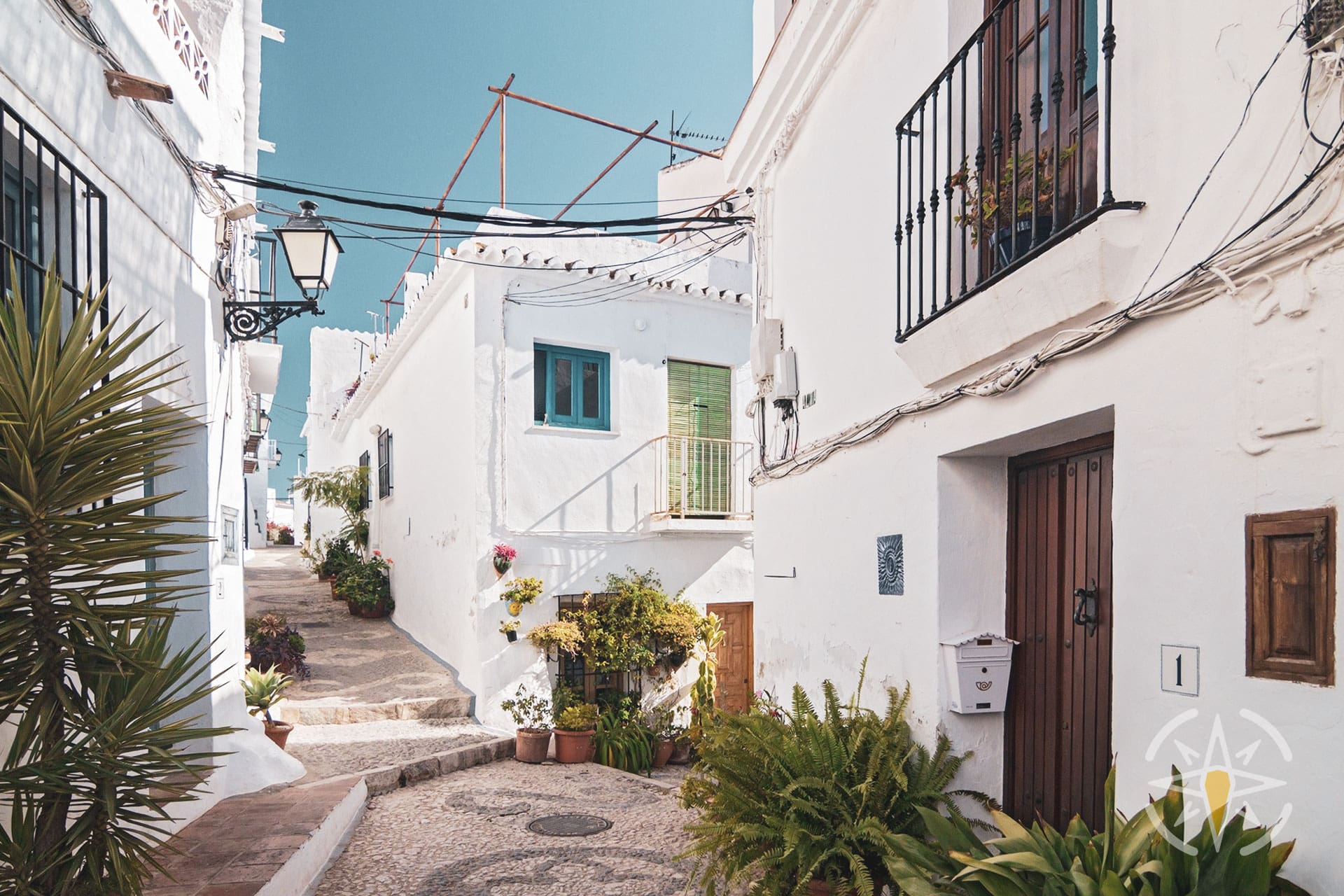
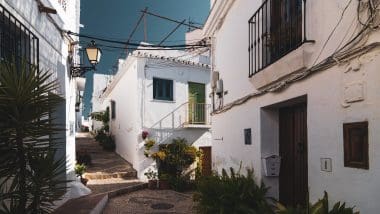
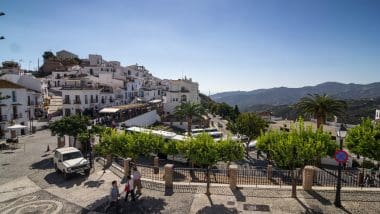
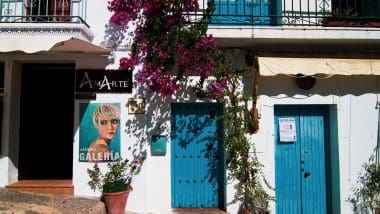
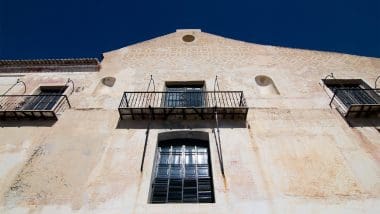
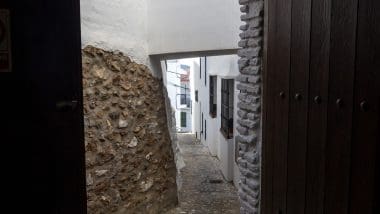
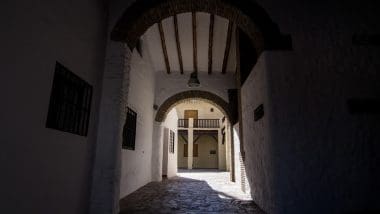
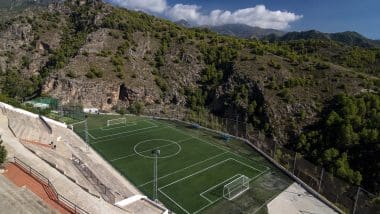
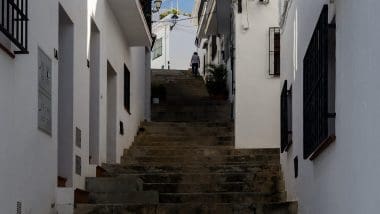
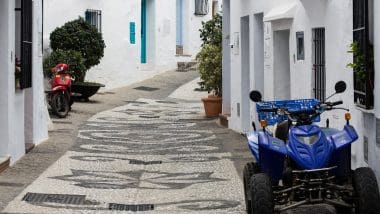
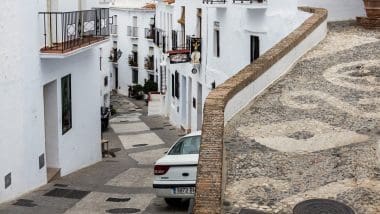
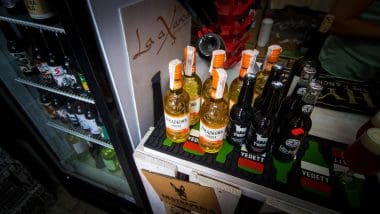
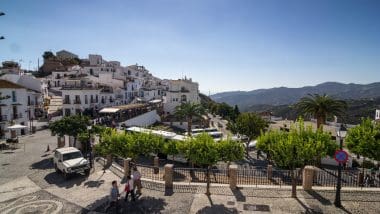
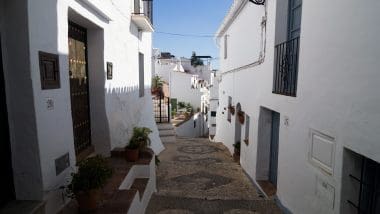
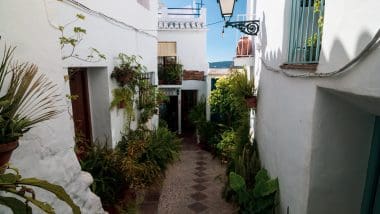
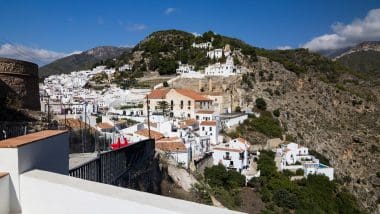
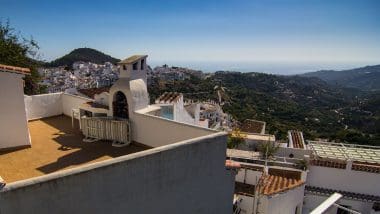
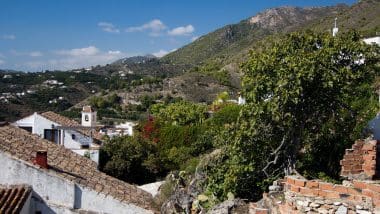
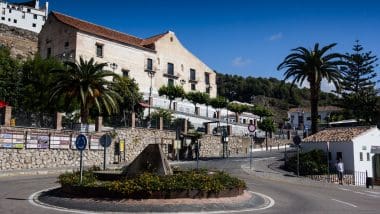
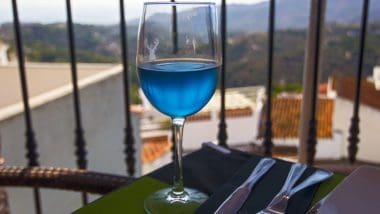
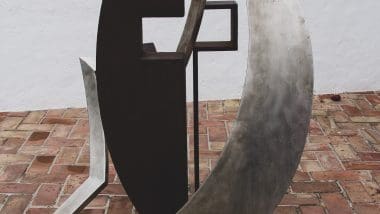
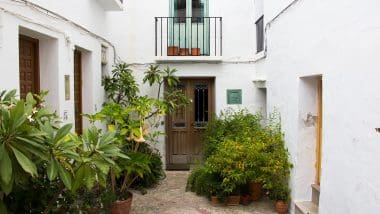
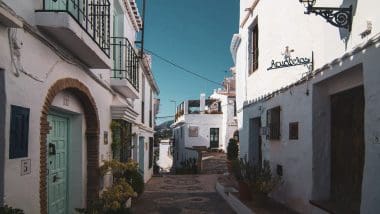
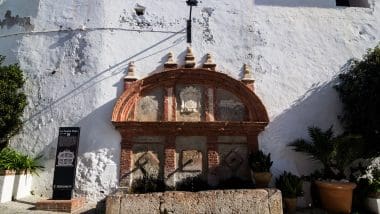
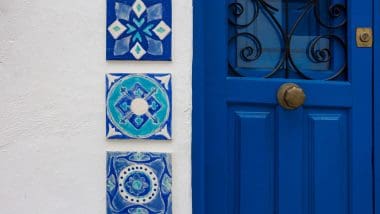
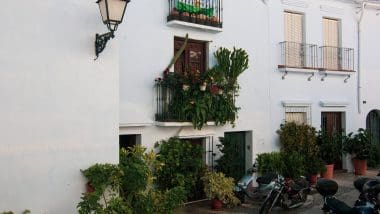
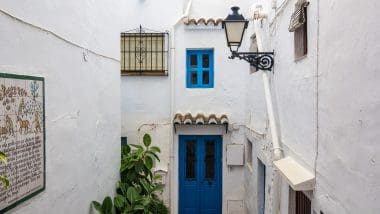
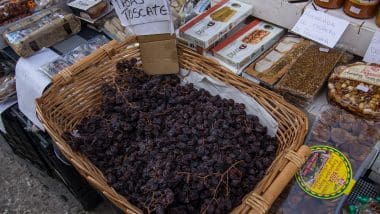
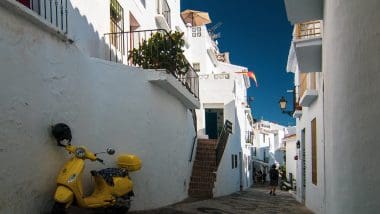
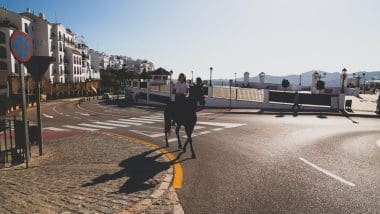
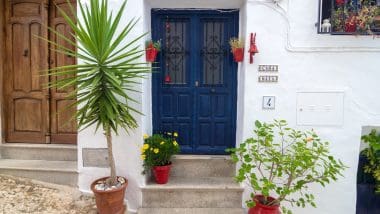
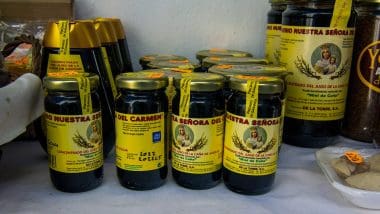
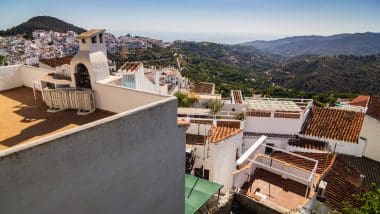
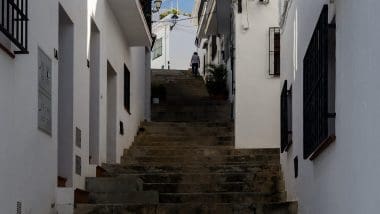
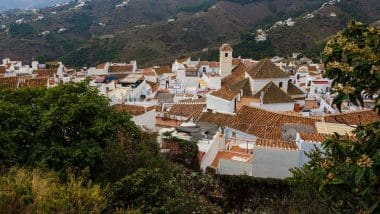
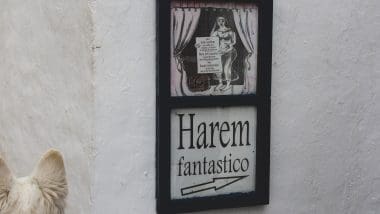
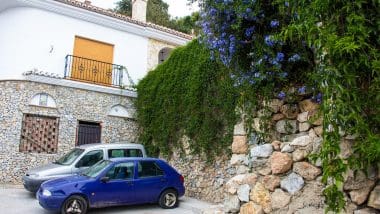
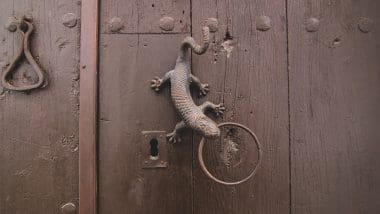
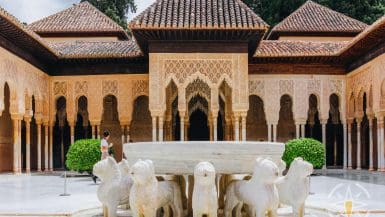
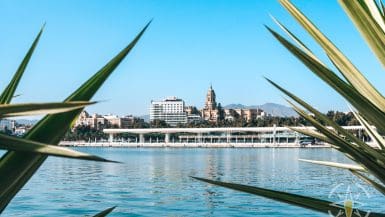
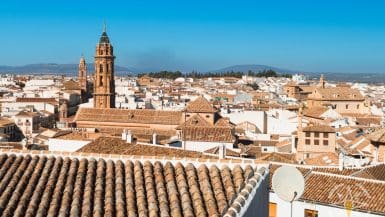
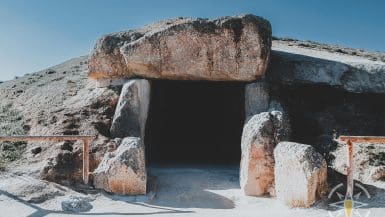
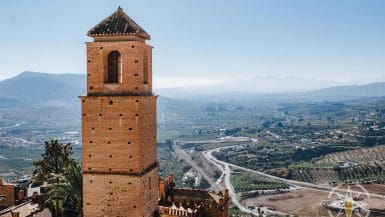
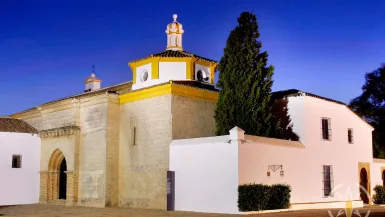
Leave a comment, ask a question...